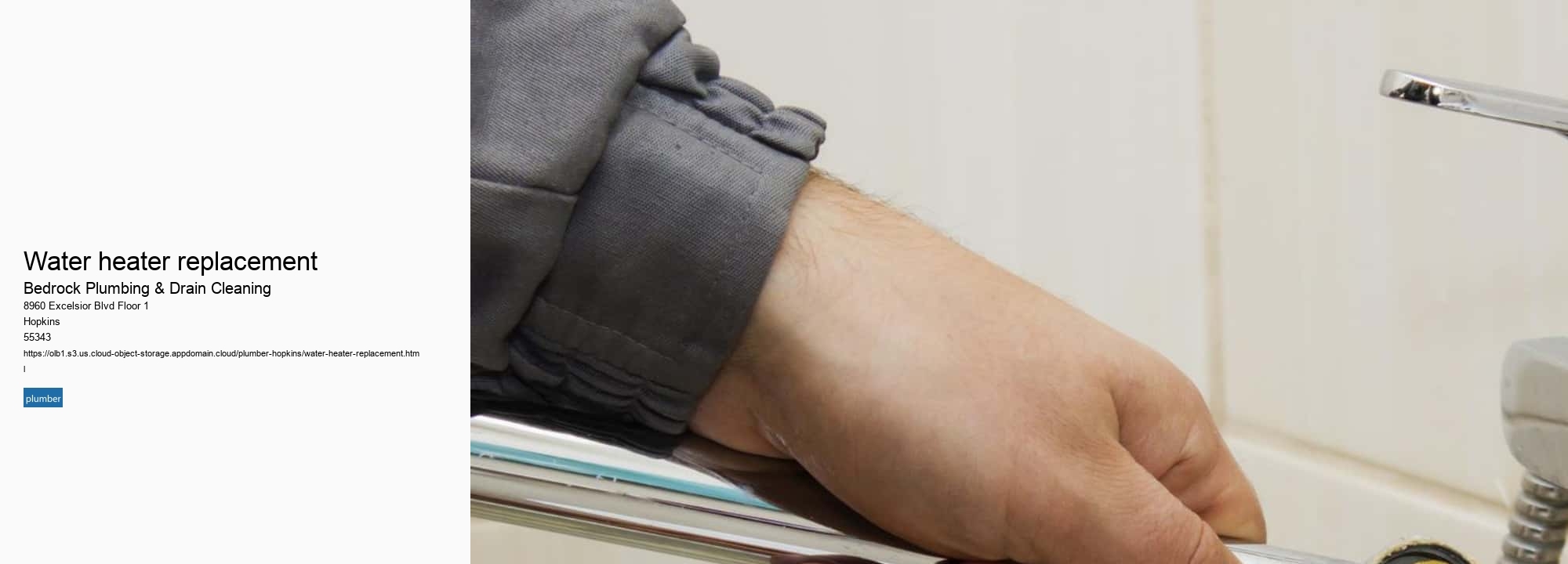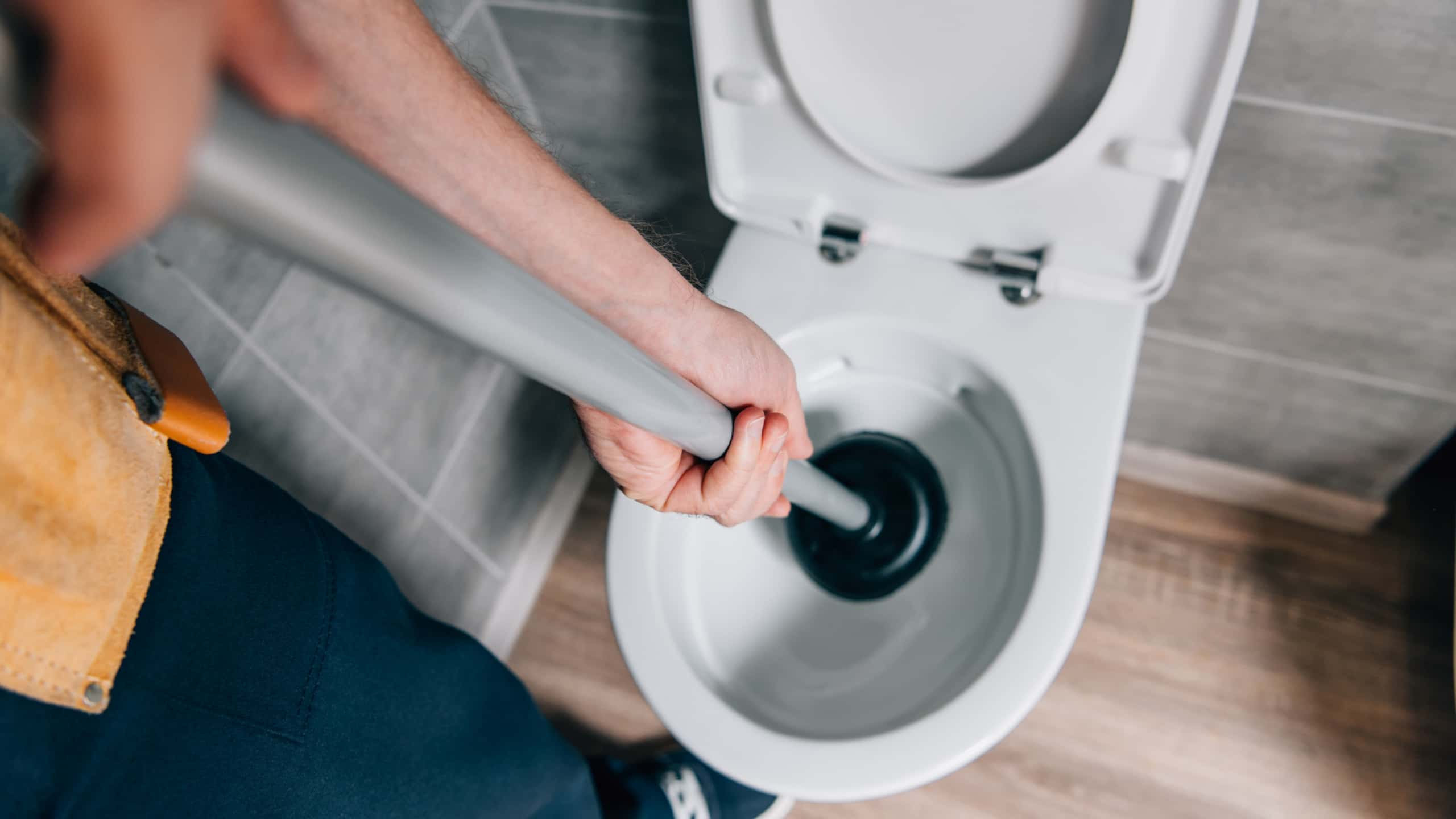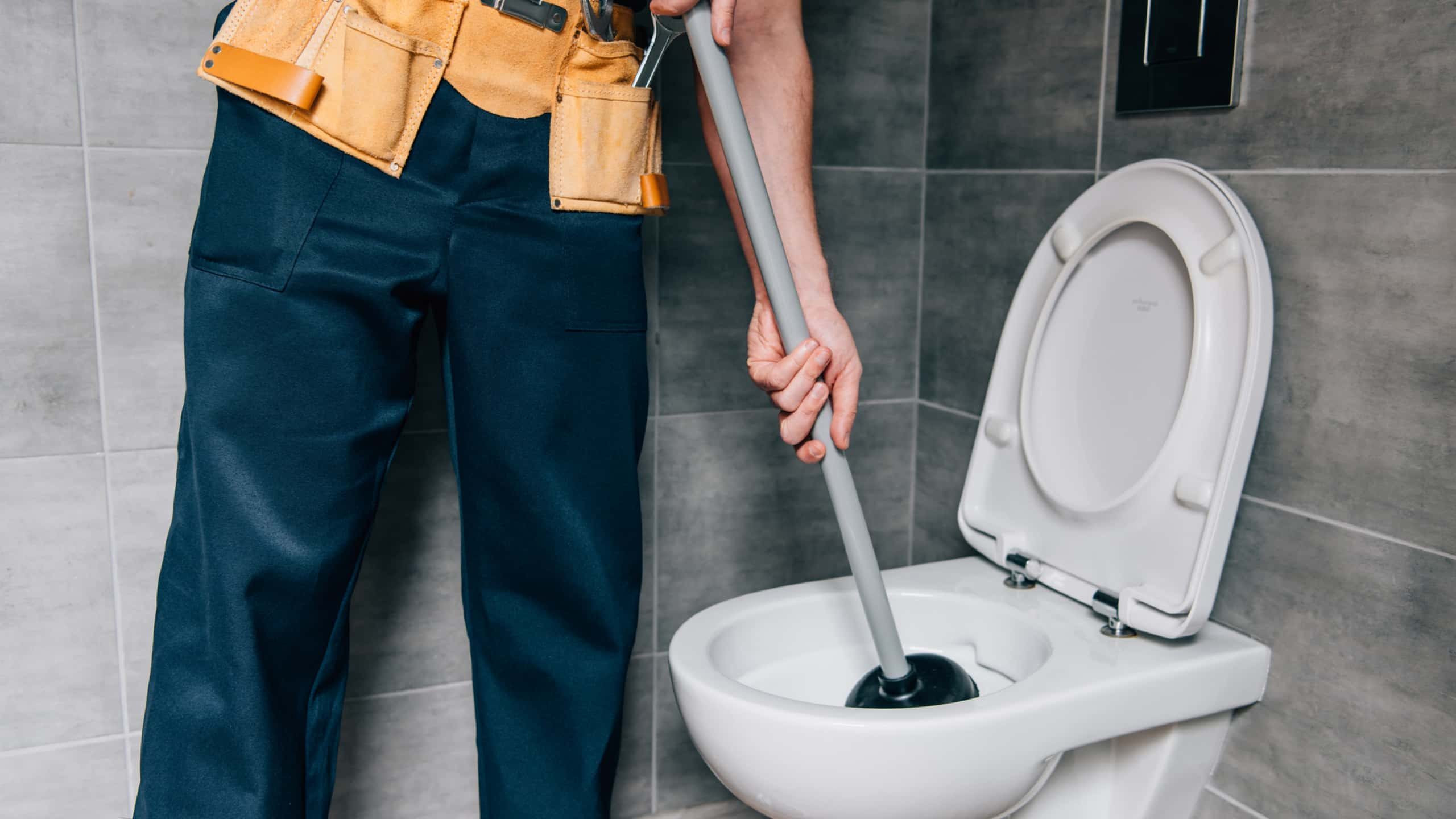






No, plumbers do not clean toilets. Instead, they work to repair and maintain the plumbing systems that are needed for toilet functions. Plumbing involves a lot of hard work and knowledge of how water flows through pipes. It's not as easy as it looks!
Plumbers primarily focus on the installation and maintenance of toilets, sinks, tubs, showers, and other fixtures. They must be able to identify any issues with the plumbing system and know how to solve them quickly and effectively. If there is a clog or leaking pipe in your home, it's likely that a plumber will need to be called in order to take care of the problem.
Despite this focus on plumbing repair and maintenance, plumbers can also help with other tasks related to toilets such as replacing parts or installing new ones. In addition, many plumbers offer toilet cleaning services too. This may involve scrubbing away at tough stains or simply giving your loo a good scrub down with some cleaning products like bleach or detergent.
Clogged drains can be a huge hassle for homeowners, but how do professionals clear them? The process is fairly straightforward, yet it requires skill and experience. First, the plumber will use a drain auger to break up any clogs that are blocking the flow of water. This device has a long metal cable with an auger head at one end which rotates when pushed down into the drain to break up any debris that may be causing the blockage. Next, they will use high-pressure water jets to flush out any remaining debris and ensure that the pipe is completely clear. Additionally, they might also employ hydro-jetting technology to blast away hard-to-remove materials like tree roots or grease buildup. Lastly, if necessary, they could even replace broken pipes or other components of your drainage system in order to get everything back up and running again.
Deep cleaning a pipe is no easy task. It requires time, patience, and the right tools. However, with a bit of effort and know-how, it can be done relatively quickly and effectively.
First and foremost, you must make sure to turn off all power sources connected to the pipe before beginning any work. This will protect you from potential hazards such as electric shock or fire danger. Then gather your supplies: a bucket of warm water mixed with detergent, some scrubbing brushes (steel wool for tougher spots), rubber gloves, a vacuum cleaner with an appropriate hose attachment, and paper towels or rags for drying the surface afterwards.
Next step is to start removing dirt from the interior of the pipe by first using the brush to dislodge any debris attached to its walls. Afterwards use the vacuum cleaner's hose attachment in order to suck out all particles that are still inside. Make sure not to miss any hidden areas! Then rinse well with warm water and let dry completely before proceeding further.